If you’re concerned about your vehicle’s fuel efficiency, you may have heard of a feature called Eco Mode.
This setting is designed to help maximize your car’s fuel efficiency, but you may be wondering how it works and when you should use it.
In this article, we’ll take a closer look at Eco Mode and explain how it can help you save money on gas.
Eco Mode is a feature that is becoming increasingly common in newer vehicles.
Essentially, it changes the way your car’s engine and transmission operate to help reduce fuel consumption.
When you activate Eco Mode, your car will typically shift gears at lower RPMs, which can help to conserve fuel.
Additionally, Eco Mode may adjust your car’s throttle response and limit the amount of power that your engine produces, which can also help to save gas.
Understanding Eco Mode in Vehicles
Eco mode is a feature in many modern vehicles that is designed to maximize fuel efficiency.
When engaged, Eco mode can help you save money on gas and reduce your carbon footprint.
In Eco mode, the vehicle’s engine and transmission work together to optimize fuel consumption.
This is achieved by adjusting the engine’s performance and shifting gears at lower RPMs.
It is important to note that Eco mode is best used in situations where fuel efficiency is a priority, such as highway driving or stop-and-go traffic.
In situations where quick acceleration or high speeds are required, Eco mode may actually decrease performance and should be turned off.
Some vehicles also have additional features in Eco mode, such as automatic start-stop systems that turn off the engine when the vehicle is idling to save fuel.
These features can further improve fuel efficiency, but may take some getting used to as they can cause the vehicle to vibrate slightly when the engine restarts.
Overall, understanding Eco mode and when to use it can help you get the most out of your vehicle’s fuel economy.
By driving in Eco mode whenever possible, you can save money on gas and reduce your impact on the environment.
Benefits of Using Eco Mode
When it comes to driving, using Eco Mode can provide several benefits.
In this section, we’ll explore some of the key advantages of using Eco Mode in your vehicle.
Fuel Efficiency
One of the primary benefits of using Eco Mode is improved fuel efficiency.
By adjusting the engine’s performance, Eco Mode can help you get more miles per gallon.
This is because the mode prioritizes fuel economy over performance, resulting in a more conservative use of fuel.
If you’re looking to save money on gas, Eco Mode can be an effective tool.
By using less fuel, you’ll have to fill up less often, which can help you save money in the long run.
Reduced Emissions
In addition to improving fuel efficiency, Eco Mode can also help reduce emissions.
By optimizing the engine’s performance, the mode can help reduce the amount of harmful pollutants that are released into the environment.
This is particularly important if you’re concerned about your carbon footprint.
By using Eco Mode, you can do your part to reduce your impact on the environment.
Engine Wear Reduction
Finally, using Eco Mode can also help reduce wear and tear on your engine.
By prioritizing fuel economy over performance, the mode can help reduce the stress on your engine, which can help extend its lifespan.
This can be especially beneficial if you plan on keeping your vehicle for a long time.
By taking steps to reduce engine wear, you can help ensure that your vehicle stays in good condition for years to come.
Overall, using Eco Mode can provide several benefits.
Whether you’re looking to save money on gas, reduce your environmental impact, or extend the lifespan of your engine, Eco Mode can be a valuable tool to have in your arsenal.
When to Engage Eco Mode
Engaging Eco Mode in your vehicle can help maximize fuel efficiency, but it’s important to know when to use it for optimal results.
Here are a few scenarios where engaging Eco Mode can be beneficial:
City Driving
If you frequently drive in stop-and-go traffic or on city streets with frequent red lights, Eco Mode can help you save fuel.
In Eco Mode, your vehicle’s engine operates at a lower RPM, which can reduce fuel consumption in these conditions.
Traffic Conditions
If you find yourself stuck in traffic on the highway or in other conditions where you’re moving slowly, Eco Mode can help you save fuel.
In these situations, your vehicle’s engine doesn’t need to work as hard to maintain speed, so engaging Eco Mode can help you use less fuel.
Long-Distance Travel
If you’re planning a long road trip, engaging Eco Mode can help you save fuel over the course of your journey.
When driving at a steady speed on the highway, Eco Mode can help your vehicle’s engine operate at a lower RPM, which can reduce fuel consumption and save you money on gas.
Remember, while Eco Mode can help you save fuel in certain situations, it’s not always the best choice.
For example, if you need to accelerate quickly to merge onto the highway or pass another vehicle, Eco Mode may not provide the power you need.
Use your judgment and consider the driving conditions before engaging Eco Mode.
How Eco Mode Affects Vehicle Performance
When you activate Eco Mode in your vehicle, it affects various aspects of your car’s performance.
Here are the three main ways Eco Mode can affect your vehicle’s performance:
Acceleration Control
In Eco Mode, your vehicle’s acceleration is limited to improve fuel efficiency.
This means that when you press down on the accelerator pedal, the vehicle will take longer to pick up speed.
However, this does not mean that your vehicle will be sluggish or slow.
Instead, Eco Mode is designed to provide a more gradual acceleration that is still sufficient for everyday driving.
Shift Patterns
Eco Mode also affects the shift patterns of your vehicle’s transmission.
In this mode, the transmission will shift gears earlier and at lower RPMs.
This helps to keep the engine operating in a more fuel-efficient range, which saves gas.
However, this can also result in a decrease in power when you need to accelerate quickly or climb a steep hill.
Throttle Response
Finally, Eco Mode can affect the response of your vehicle’s throttle.
In this mode, the throttle response is reduced, which means that the vehicle will not accelerate as quickly when you press down on the accelerator pedal.
This can help to prevent sudden acceleration and improve fuel efficiency.
Overall, Eco Mode is designed to help you maximize fuel efficiency while still providing a comfortable and safe driving experience.
By limiting acceleration, adjusting shift patterns, and reducing throttle response, Eco Mode can help you save money on gas and reduce your carbon footprint.
Comparing Eco Mode to Other Driving Modes
When it comes to driving modes, most vehicles offer a few options to choose from.
Eco mode is just one of them, and it’s designed to maximize fuel efficiency.
However, it’s important to understand how it compares to other modes to determine when it’s best to use it.
Sport Mode
Sport mode is designed to enhance the performance of your vehicle.
It typically increases throttle response, sharpens steering, and adjusts transmission shift points to provide a more engaging driving experience.
While this mode can be fun to use, it also tends to decrease fuel efficiency.
Comfort Mode
Comfort mode is designed to provide a smoother and more relaxed driving experience.
It typically softens suspension settings, reduces throttle response, and adjusts transmission shift points to prioritize a comfortable ride.
While this mode can be great for long trips, it also tends to decrease fuel efficiency.
Normal Mode
Normal mode is the default driving mode for most vehicles.
It’s designed to provide a balance between performance and fuel efficiency.
It typically provides moderate throttle response, steering, and suspension settings.
While this mode may not be as exciting as Sport mode or as comfortable as Comfort mode, it’s typically the most fuel-efficient option.
Eco Mode
Eco mode is designed to maximize fuel efficiency by adjusting various settings in your vehicle.
It typically reduces throttle response, adjusts transmission shift points, and optimizes other systems to reduce fuel consumption.
While this mode may not provide the most exciting driving experience, it can help you save money on gas in the long run.
In summary, Eco mode is designed to prioritize fuel efficiency over performance or comfort.
While it may not be the best option for every driving situation, it can be useful when you’re trying to save money on gas.
When comparing it to other modes, keep in mind that Sport and Comfort modes may be more fun or comfortable, but they tend to decrease fuel efficiency.
Normal mode provides a good balance between performance and efficiency, but Eco mode is the best option if you want to maximize your fuel savings.
As an Amazon Associate we earn from qualifying purchases.








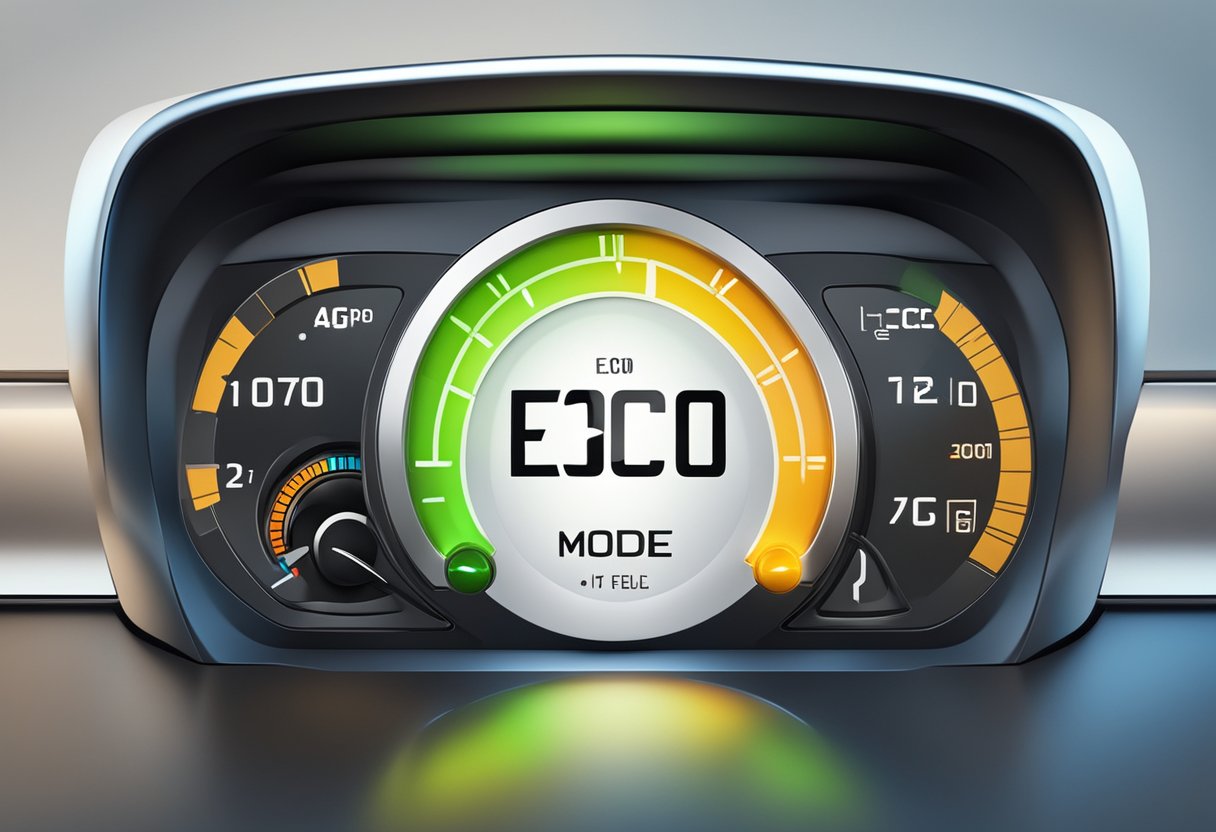
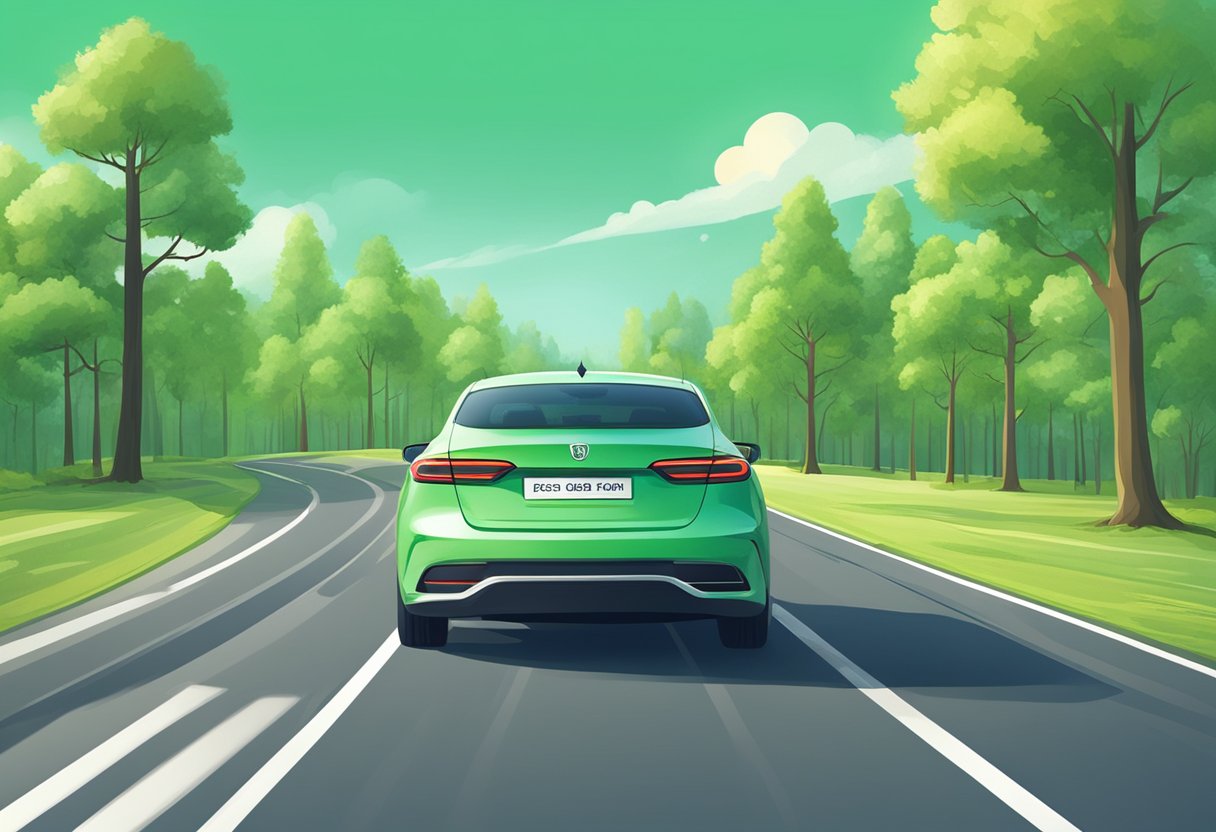
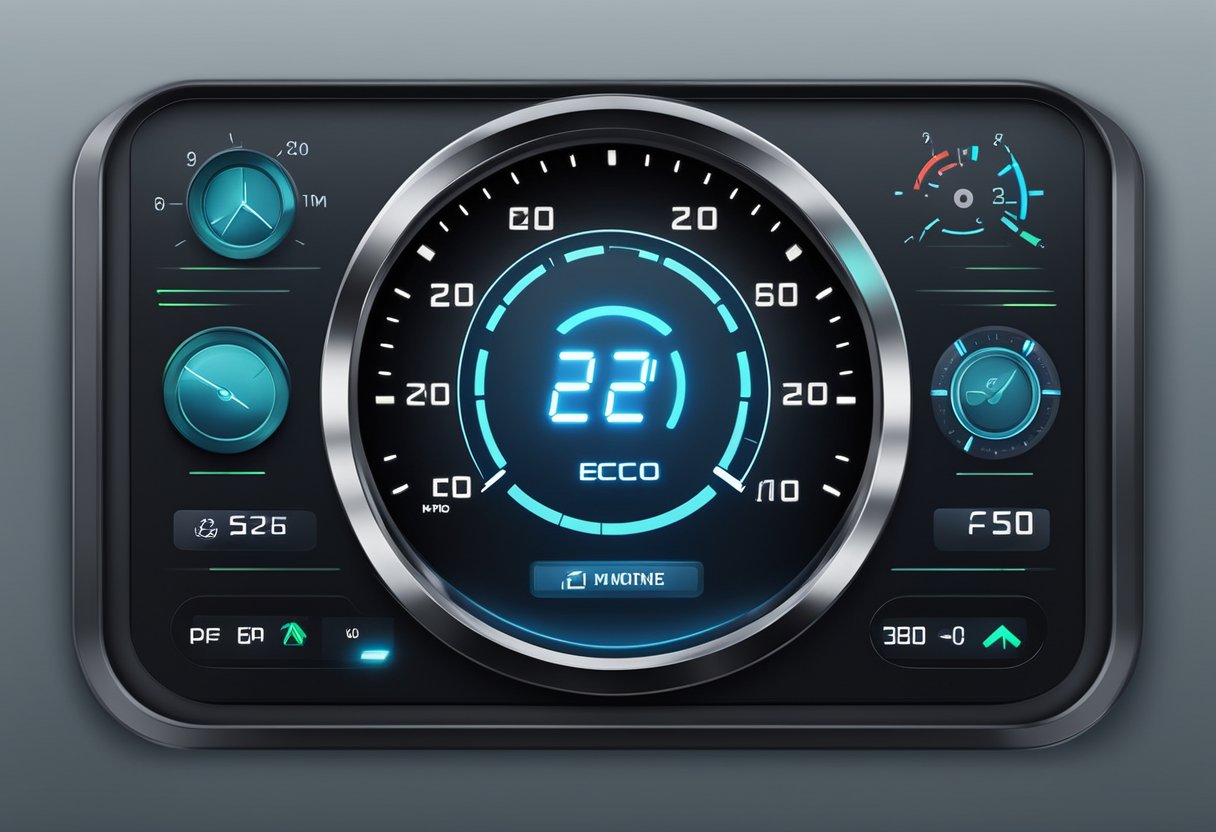
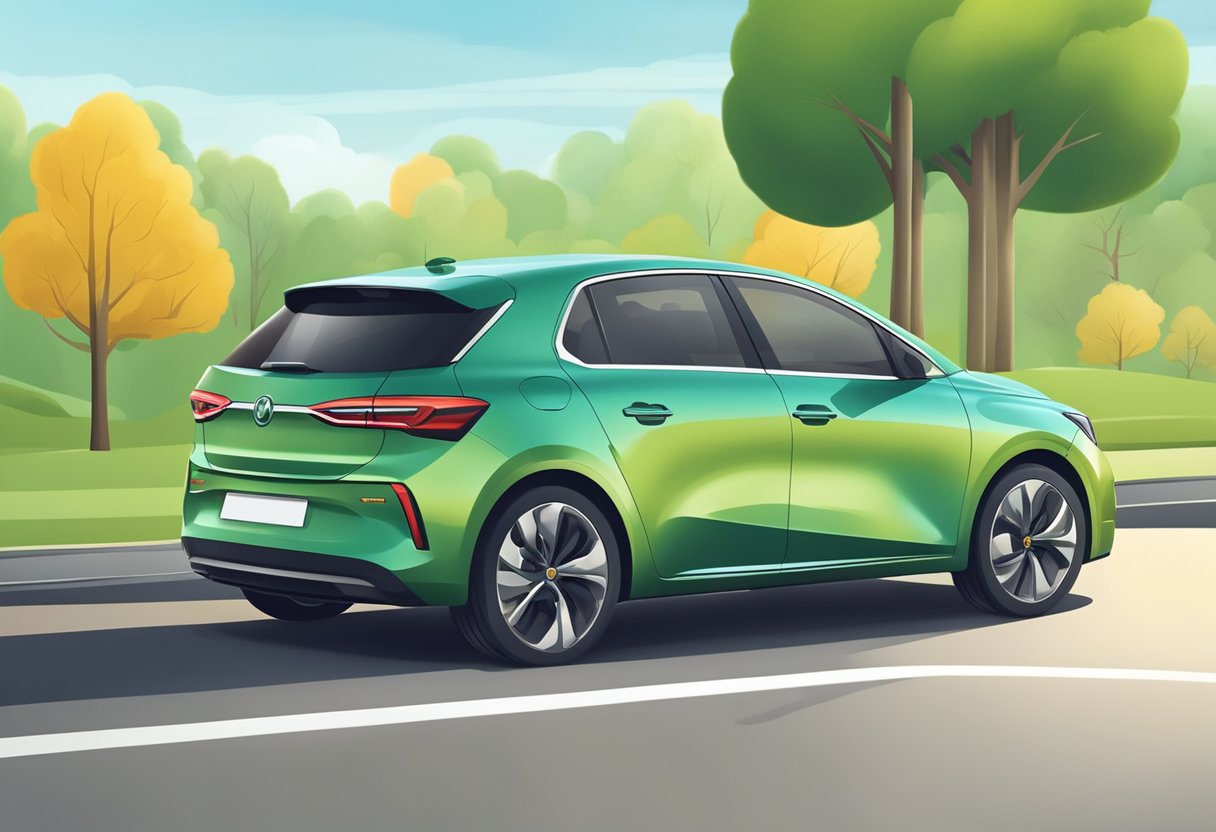
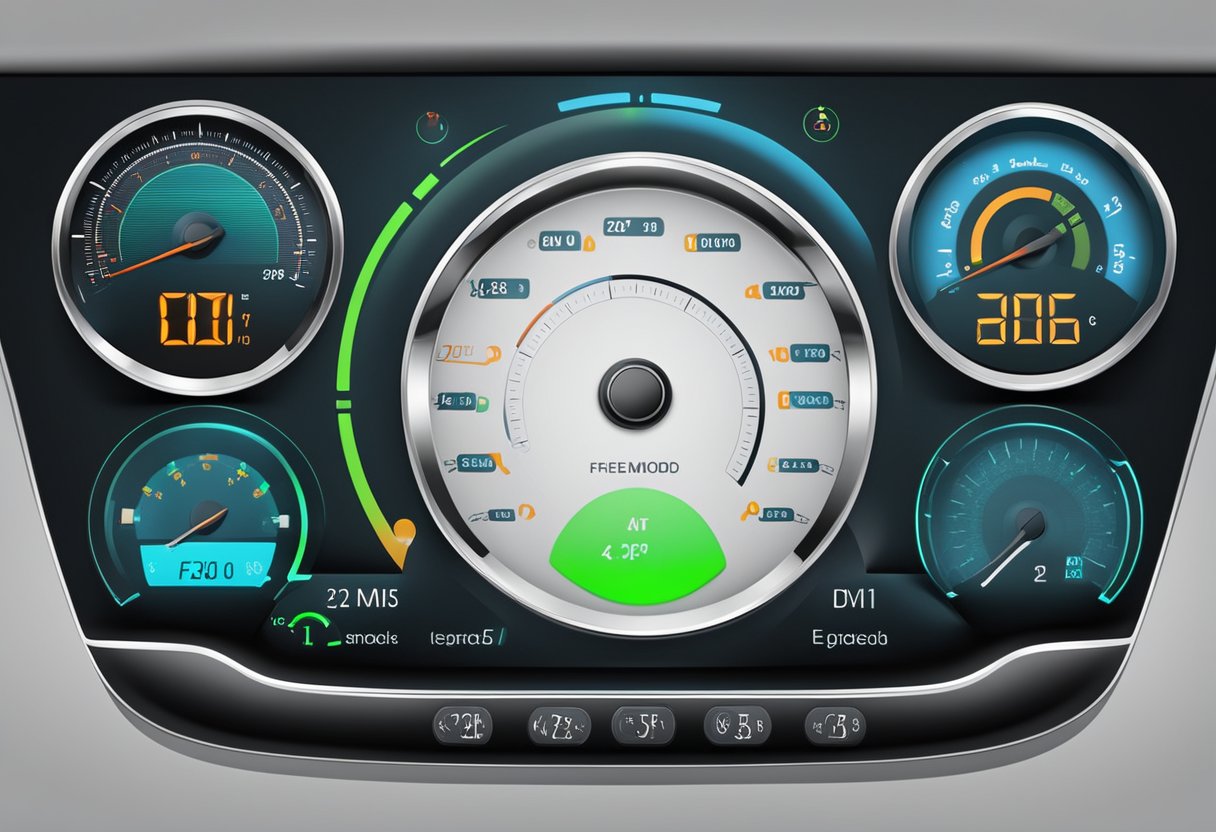



Would engaging Eco Mode during predominantly city driving significantly reduce my vehicle’s fuel consumption considering the constant start-stop nature of city traffic?